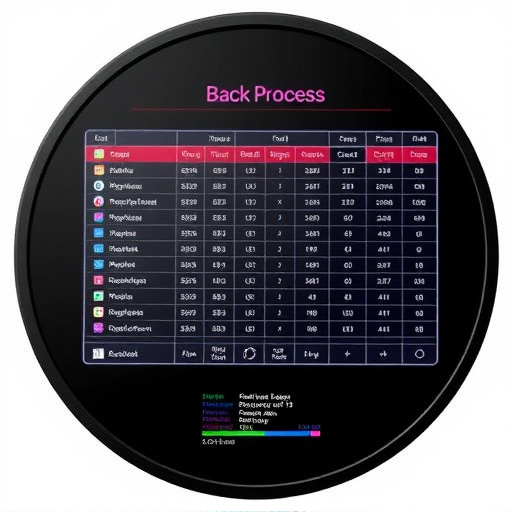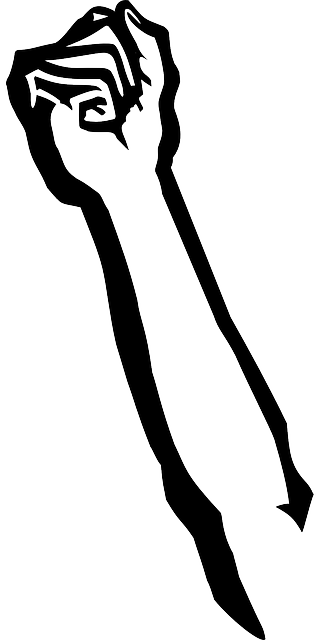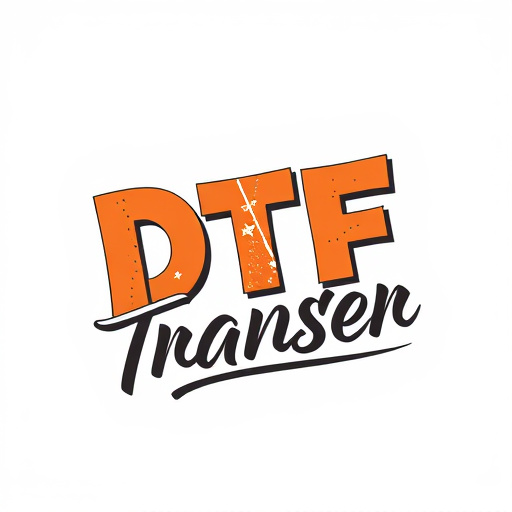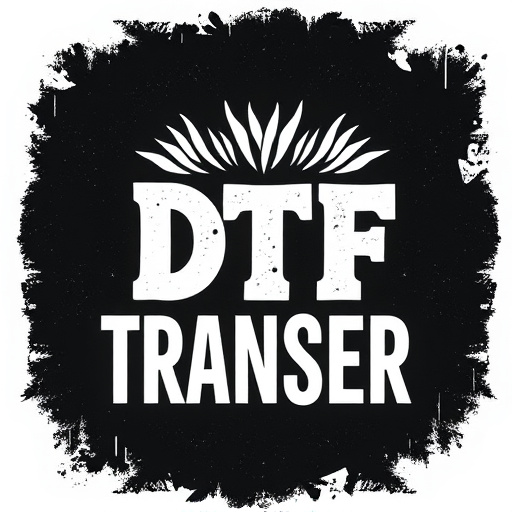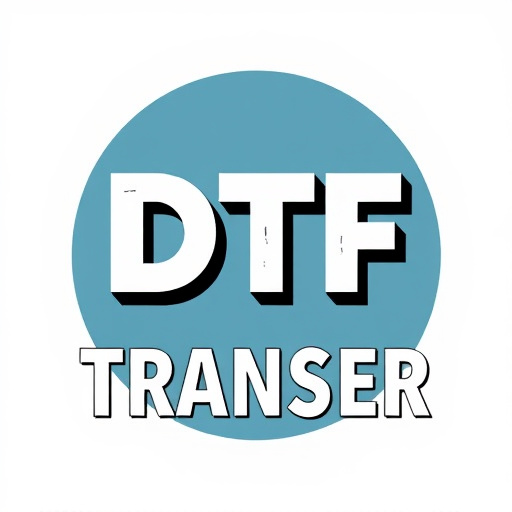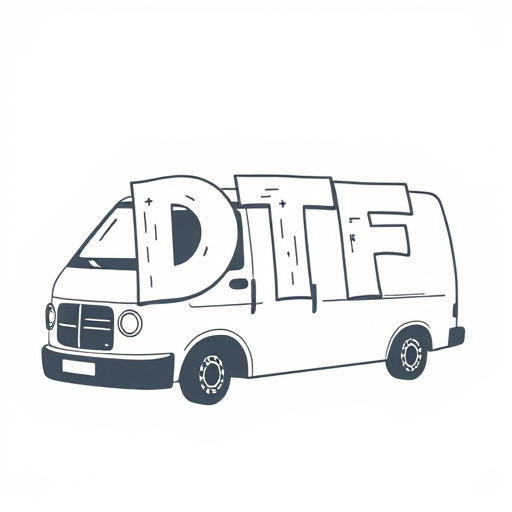Direct-to-Film (DTF) Transfers represent a cutting-edge method for digitizing film content, offering superior quality and detail through capturing each frame directly in digital format. This technology preserves vintage films' aesthetic, accommodates various formats, and ensures longevity via high-quality archives. When choosing a DTF service, look for experienced providers with advanced technology. Industry leaders like Filmlight, Blackmagic Design, and DaVinci Resolve offer top-tier solutions, catering to diverse user needs with precise tools for color grading, compositing, motion graphics, and audio post-production. Technical aspects crucial for high-quality DTF include resolution, color accuracy, noise reduction, surround sound, and efficient compression methods. DTF transfers find applications in professional filmmaking and personal video preservation, enhancing both vintage content clarity and modern production visual effects. Future prospects are bright, driven by advancements in digital formats, camera technology, cloud storage, and improved compression algorithms, promising a revolution in digital cinema.
In today’s digital age, preserving and enhancing film quality is more important than ever. Direct-to-Film (DTF) transfers offer an unparalleled method of capturing and reproducing cinematic brilliance. This comprehensive guide explores the ins and outs of DTF technology, from understanding its fundamentals to selecting top-tier services. We delve into key considerations, technical intricacies, and diverse applications, ensuring film enthusiasts and professionals alike can make informed choices among the best DTF transfer options available in the market.
- Understanding Direct-to-Film (DTF) Transfers: The Basics
- Key Factors to Consider When Choosing DTF Transfer Services
- Top-Rated DTF Transfer Companies and Their Offerings
- Technical Aspects of High-Quality DTF Transfers
- Benefits and Use Cases for Different Types of DTF Transfers
- Future Trends in Direct-to-Film Technology
Understanding Direct-to-Film (DTF) Transfers: The Basics

Direct-to-Film (DTF) Transfers are a cutting-edge method that offers unparalleled quality for digitizing film content. Unlike traditional scanning techniques, DTF involves projecting the film onto a sensor, capturing each frame directly in digital format. This innovative process ensures incredibly detailed and vibrant images, preserving the original film’s texture and appearance.
A key advantage of DTF Transfers is their ability to handle a wide range of film formats, from 8mm and 16mm to 35mm and even larger. This makes it an ideal choice for restoring and digitizing vintage films, allowing viewers to experience old cinematic treasures with remarkable clarity. The result is a digital file that can be perfectly reproduced and shared, ensuring the longevity and accessibility of precious film archives.
Key Factors to Consider When Choosing DTF Transfer Services
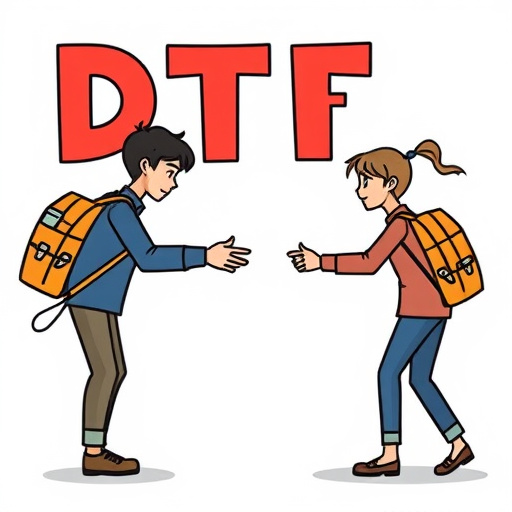
When selecting a Direct-to-Film (DTF) transfer service, several key factors come into play to ensure you get the highest quality results. Firstly, consider the experience and reputation of the provider; opting for a well-established company with a proven track record in the industry guarantees a more reliable outcome. Look for professionals who have handled similar projects before and can showcase their success stories.
Secondly, the technology and equipment used play a pivotal role. Advanced, state-of-the-art machinery often translates to better image clarity, color accuracy, and overall picture quality. Additionally, check if they offer various transfer options tailored to different formats, ensuring you receive the best possible outcome for your specific film or video material.
Top-Rated DTF Transfer Companies and Their Offerings

When it comes to top-rated DTF (Direct-to-Film) transfer companies, several stand out for their exceptional quality and innovative offerings. Companies like Filmlight, Blackmagic Design, and DaVinci Resolve have made significant strides in this field. Filmlight offers the DaVinci Resolve Studio, a powerful tool that delivers stunning visual results with its advanced color grading and editing capabilities. Blackmagic Design, known for its high-end video equipment, provides Fusion, an industry-leading node-based compositing software, ensuring precise and seamless DTF transfers.
DaVinci Resolve, another leading name, presents a comprehensive suite of tools tailored for professionals. Its robust DTF transfer features include advanced motion graphics, audio post-production, and collaborative cloud-based workflows. These companies not only offer superior quality but also cater to diverse user needs, from independent filmmakers to large production houses. Their cutting-edge technology ensures that direct-to-film transfers are efficient, accurate, and deliver cinematic visuals.
Technical Aspects of High-Quality DTF Transfers

Direct-to-film (DTF) transfers, a cutting-edge technology in film preservation, offer unparalleled quality for home viewing. To ensure high-quality DTF options, several technical aspects must be considered. Firstly, the source material’s resolution and clarity play a crucial role; higher-resolution films will result in better detail and image quality in the final transfer. Secondly, color accuracy is essential to preserve the cinematic look of the film, requiring precise color grading and advanced technologies like HDR (High Dynamic Range) for enhanced contrast and brightness.
Additionally, noise reduction techniques are vital to minimize graininess and artifacts common in older films. Advanced algorithms can intelligently process these issues while preserving important details. Audio quality is another key component; surround sound options and high-fidelity audio tracks ensure that viewers experience the film’s original sonic landscape. Lastly, the compression methods used significantly impact file size and quality, with modern lossless encoding technologies minimizing data loss for a pristine transfer.
Benefits and Use Cases for Different Types of DTF Transfers

Direct-to-film (DTF) transfers offer a range of benefits for various applications, from professional filmmaking to personal home video preservation. One of the key advantages is their ability to capture high-fidelity images, ensuring that the original film grain and color nuances are preserved, which is particularly crucial for vintage or archival content. DTF transfers are ideal for restoring old movies, as they can bring faded or damaged footage back to life with stunning clarity.
In modern production, DTF techniques enable filmmakers to create unique visual effects and enhance cinematic experiences. It allows for a more seamless blend of traditional film and digital media, opening doors to creative possibilities like cross-processing, color grading, and special effects. Whether it’s enhancing the look of independent films or retrofitting classic movies for new platforms, DTF transfers provide flexibility and artistic control, catering to both technical and aesthetic requirements.
Future Trends in Direct-to-Film Technology

The future of direct-to-film (DTF) transfer technology looks promising, with advancements that promise to elevate the quality and accessibility of film preservation. One key trend is the increasing adoption of high-resolution digital formats, allowing for more detailed and vibrant DTF transfers. This shift is driven by improvements in camera technology and post-production software, enabling filmmakers and preservers to capture and recreate the original cinematic experience with remarkable accuracy.
Additionally, cloud-based storage and streaming platforms are set to play a significant role in the evolution of DTF technology. These platforms can provide easy access to archival films, making them more accessible to audiences worldwide. With advancements in compression algorithms, film enthusiasts can enjoy high-quality DTF transfers over the internet, fostering a new era of digital cinema that marries technological innovation with artistic preservation.


